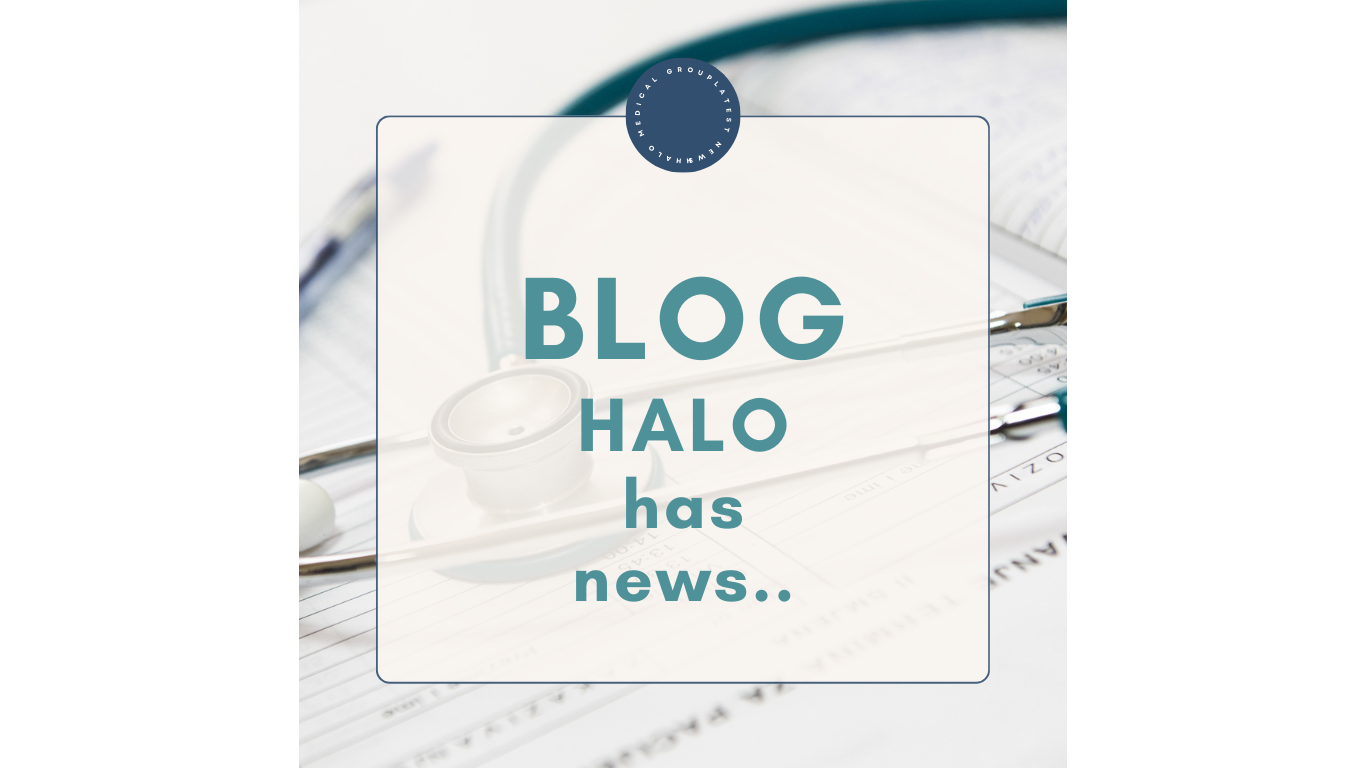Understanding NEWS2 Scoring in Prehospital Care

The National Early Warning Score 2 (NEWS2) is a widely utilised tool in healthcare settings, including prehospital care, for assessing the severity of a patient’s condition. Designed by the Royal College of Physicians, NEWS2 is a standardised scoring system that helps identify patients at risk of clinical deterioration. Its adoption in prehospital care settings ensures early recognition of critical illness and facilitates timely intervention, potentially saving lives.
What Is NEWS2?
NEWS2 involves assessing six physiological parameters:
- Respiratory rate
- Oxygen saturation
- Systolic blood pressure
- Heart rate
- Level of consciousness (using the AVPU scale: Alert, Voice, Pain, Unresponsive)
- Temperature

Each parameter is scored between 0 and 3 based on how far the measurement deviates from the normal range. Additional points are added for patients requiring supplemental oxygen. The scores are then summed to provide an overall NEWS2 score, ranging from 0 to 20.
How Is NEWS2 Used in Prehospital Care?
In the prehospital setting, paramedics and emergency medical technicians (EMTs) use NEWS2 as part of their patient assessment protocol. Here’s how it’s undertaken:
- Observation: Measure the six physiological parameters using portable diagnostic tools such as pulse oximeters, blood pressure cuffs, and thermometers.
- Scoring: Allocate points to each parameter based on the predefined ranges in the NEWS2 chart.
- Interpretation: Calculate the total NEWS2 score to determine the level of clinical risk.
- A score of 0-4 indicates low risk.
- Scores between 5-6 suggest medium risk and potential need for urgent intervention.
- Scores of 7 or higher indicate high risk, warranting immediate clinical action.
- Communication: Share the NEWS2 score with receiving medical facilities to ensure continuity of care and appropriate resource allocation.
Importance of NEWS2 in Prehospital Care
-
- Early Recognition: NEWS2 enables early identification of patients at risk of sepsis, hypoxia, or other life-threatening conditions.
- Standardised Communication: It provides a common language for healthcare professionals, improving the handover process.
- Prioritisation of Care: High NEWS2 scores help prioritise patients needing urgent medical attention.
- Monitoring Trends: Regular use allows tracking of patient deterioration or improvement over time.
Strengths of NEWS2
- Simplicity: NEWS2’s straightforward design makes it easy to implement in high-pressure environments.
- Evidence-Based: The tool is supported by research, validating its effectiveness in predicting clinical deterioration.
- Scalability: NEWS2 can be used across various healthcare settings, from ambulances to intensive care units.
- Enhanced Outcomes: Studies indicate improved patient outcomes when NEWS2 is integrated into prehospital protocols.
Weaknesses of NEWS2
- Limited Scope: NEWS2 does not account for all clinical conditions, such as acute myocardial infarction or stroke, where specific tools may be more appropriate.
- Parameter Sensitivity: Some parameters, like oxygen saturation, can be influenced by environmental factors (e.g., altitude) or equipment inaccuracies.
- Subjectivity in Consciousness Assessment: The AVPU scale’s simplicity can lead to variations in interpretation among healthcare providers.
- Potential for Overtriage: High scores might result in overtriage, placing additional strain on emergency departments.
Conclusion
NEWS2 is an invaluable tool in prehospital care, offering a standardised approach to identifying and managing critically ill patients. While it is not without limitations, its strengths far outweigh its weaknesses, particularly in emergency scenarios where quick decision-making is crucial. Ongoing training and adherence to best practices can help mitigate its limitations, ensuring that NEWS2 continues to play a pivotal role in improving patient outcomes.
With thanks to: The Royal College of Physicians. National Early Warning Score (NEWS) 2: Standardising the assessment of acute-illness severity in the NHS. Updated report of a working party. London: RCP, 2017.

